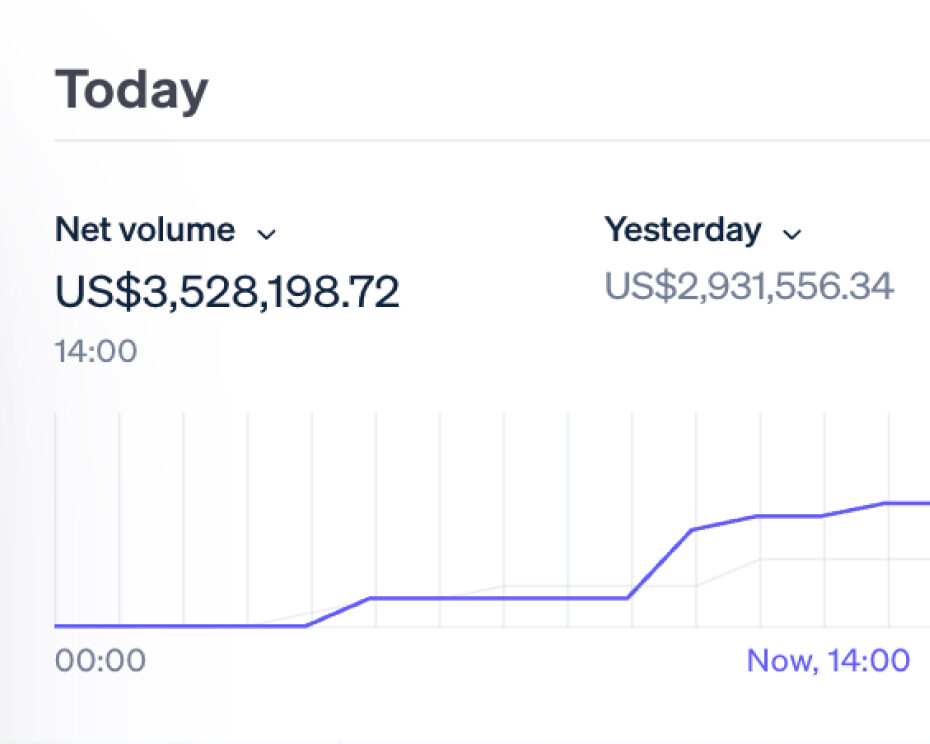Barbie Boomtown: A masterclass in dynamic pricing
Welcome back to Power to the Pricing People, your go-to source for the latest trends and insights in the world of pricing.
We’re all about the pop and pricing icons here at Flintfox, and there’s no bigger pop culture icon at the moment than Barbie. In this week’s episode, we’re painting the town pink and taking a look at how pricing played a part in the film and the brand’s global success.
The Barbie movie phenomenon
The recent release of the Barbie movie has sent shockwaves through the global entertainment industry. The Federal Reserve in the US even considers it a potential game-changer in international trade. Since its debut in July, the Barbie movie has taken the world by storm, amassing a staggering $1 billion in just three weeks at the box office. But this success story isn’t just about captivating storytelling; it’s also a lesson in the art of dynamic pricing.
The power of dynamic pricing
The pricing strategy employed for the Barbie movie demonstrates a textbook example of dynamic pricing in action. The movie tickets were cleverly priced at a premium rate, approximately 10% higher than other family-friendly films released in 2023. What’s more, the pricing wasn’t uniform across all regions. Urban areas experienced higher ticket prices compared to their rural counterparts, and weekends witnessed a further uptick in pricing.
Warner Brothers, the production company behind the Barbie movie, certainly seems to have struck gold with this approach. However, the economic ripple effect extends far beyond the film’s success at the box office.
Reviving a Classic Icon
Interestingly, it’s not just Warner Brothers reaping the rewards. Mattel, the brains behind the iconic Barbie doll, had been weathering a challenging period, experiencing declining sales for a continuous 15-year stretch. However, the impending release of the movie acted as a catalyst for change, propelling their stocks to soar by an astounding 33%.
Mattel’s executives predict that the Barbie movie won’t just inject life into doll sales worldwide; it could also extend a much-needed lifeline to an industry that’s been grappling with difficulties. The toy industry has been struggling with plummeting sales, primarily due to factors like high inflation and increased mortgage rates, leading consumers to tighten their purse strings.
Unveiling the Economic Impact
Who could have anticipated that a classic toy like Barbie, which has been captivating hearts for over six decades, would wield such a profound influence on the global economy? The ripple effect is not limited to the box office; it extends into various sectors. The Barbie movie is driving sales for retailers through strategic merchandising deals, thereby boosting sales in the broader toy category.
Read more about how retailers globally are cashing in on the Barbie craze.
As Barbie herself famously said, “Even the smallest person can make a big difference.” This adage rings true as Barbie continues to demonstrate her ability to influence not only the toy market but also the larger economy.
The Barbie movie’s immense success isn’t just about captivating storytelling; it’s about understanding the nuances of dynamic pricing and its power to drive economic resurgence. As we’ve witnessed, a well-executed pricing strategy can turn the fortunes of a struggling industry, transforming it into a “Barbie Boomtown” of opportunity. So the next time you’re captivated by a blockbuster, remember that behind the scenes, a carefully crafted pricing strategy might just be contributing to the economic success story.
For more pricing news, follow us on LinkedIn and YouTube to stay in the loop as new Power to the Pricing People episodes are released every fortnight.
Powerful pricing software supported with deep experience
Flintfox gives you flexibility with your own application, unprecedented speed and power from our pricing engine and support from our dedicated team.
